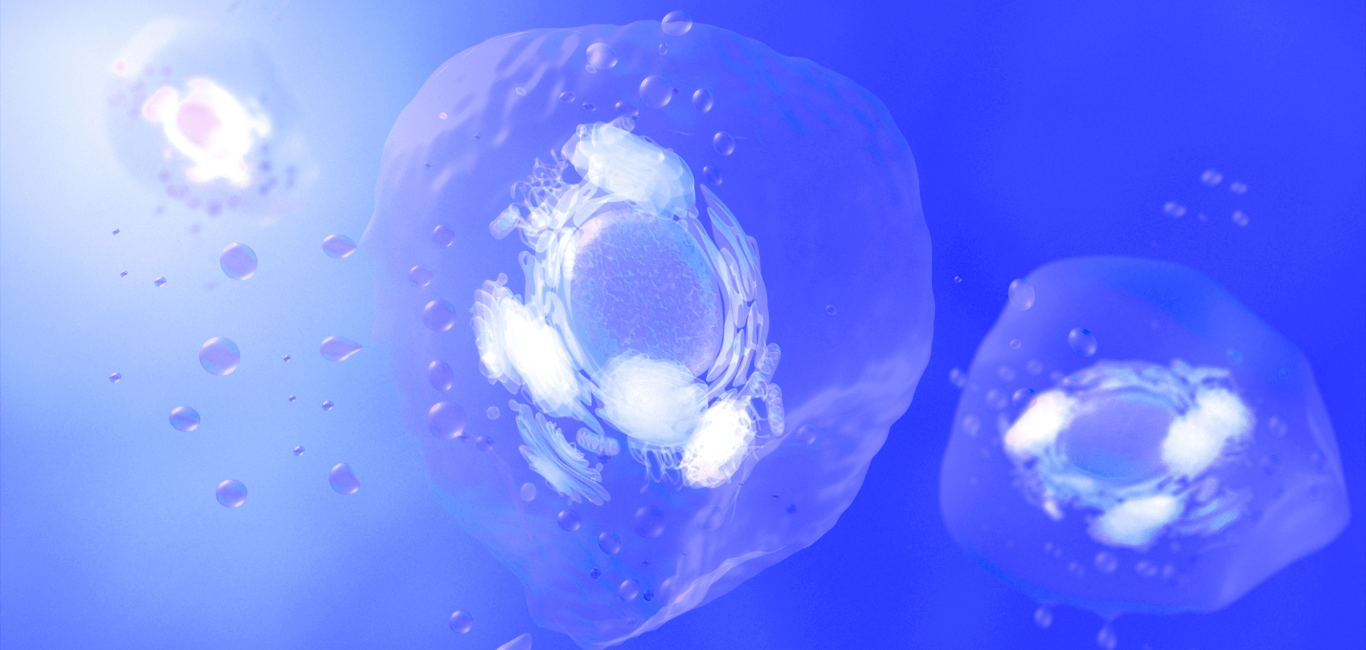
The dexterity of a surgeon’s limbs is of paramount importance to perform intricate procedures with precision.
Dr Priyank Vasavada, a neurosurgeon at M S Ramaiah Medical College and Hospital, Bengaluru recalls how a young surgeon friend met with an accident and lost the ability to use his right upper arm.
“He injured his brachial plexus (a constellation of peripheral nerves connected to the upper limbs),” recounts Dr Vasavada.
Peripheral nerves convey signals between the brain and the body. They are made of different types of neurons that help move (motor), feel (sensory), and control autonomic (involuntary) functions in the body. These nerves are protected by three layers: the epineurium, perineurium and endoneurium, along with an insulating myelin sheath.
Any injury to these peripheral nerves poses challenges ranging from mild discomfort to life-long impairment, explains Dr Vasavada. “Peripheral nerve injuries are generally caused by compression or penetrating injuries,” he says.
Symptoms of peripheral nerve injury
According to Dr Vasavada, the symptoms vary based on the severity of the injury. In the case of a mild injury or neuropraxia, only the outer nerve sheath is damaged, causing localised myelin damage. The inner nerve structures remain unharmed, resulting in mild symptoms.
However, in cases of partial nerve damage (axonotmesis) or complete nerve severance (neurotmesis), the symptoms can become debilitating.
In these conditions, the affected person has:
- Numbness
- Loss of sensation
- Lack of muscle activity in the affected region
- Chronic pain
- Loss of muscle mass (muscle atrophy)
- Weakness
- Paralysis leading to disability
Read More: Understanding peripheral nerve injuries
Read More: Paralysis: symptoms, causes and diagnosis
Current treatment methods
“Neuropraxia does not require any treatment. It is usually self-limiting and resolves on its own because the entire nerve integrity is intact,” says Dr Vasavada. Symptomatic treatment can be given depending on the symptoms observed, he adds.
Dr Vasavada emphasises that in cases of severe injury, the course of treatment is determined by the extent of nerve damage, and surgery is imperative to repair the damage.
Two types of surgeries are performed:
- Neurorrhaphy: When the cut or damaged nerve ends are close by and possess adequate length, sutures are used to reconnect both nerve ends.
- Nerve graft: In cases where the nerve damage is severe and the nerve ends are far apart, a nerve graft surgery is done. In this procedure, a graft or part of another nerve is taken from a different region of the person’s nervous system and transplanted onto the injured site.
“My friend underwent a nerve graft surgery in Chennai. He had an outstanding recovery after the procedure was done on him. He is doing amazing surgeries now,” Dr Vasavada revealed.
He adds that physiotherapy and other rehabilitation methods are used after the surgery for complete recovery.
The missing links
The clinical application of nerve grafts still has many critical drawbacks, such as limited availability of donor nerves, donor site numbness, additional surgery times, and mismatch in the diameter or length of a nerve graft. Furthermore, less than 50 per cent of affected people who undergo the transplantation of nerve grafts achieve effective functional recovery.
Numerous tissue engineering grafts composed of various synthetic or natural biomaterials have been developed as substitutes for nerve grafts. However, most of these substitutes fail to obtain satisfactory clinical outcomes.
A new method of using exosomes to create an ideal regenerative microenvironment to further improve therapeutic effects on peripheral nerve injury is being explored.
Exosomes to the rescue
“Exosomes are nano-sized vesicles or membrane bags produced by all types of cells. They contain proteins, nerve growth factors, neuropeptides (small chains of amino acids produced by neurons), RNAs and other molecules to be delivered to the target cell to get the various functions done,” says Dr Vasavada.
They are present in different body fluids, such as blood, saliva, urine, and cerebrospinal fluid. They facilitate communication between cells by delivering bioactive cargo and play a fundamental role in developing, maintaining, functioning, and regenerating the nervous system.
How exosomes are useful in peripheral nerve injury
Nerve repair following peripheral nerve injury involves several mechanisms, such as regrowth of axons, activation of Schwann cells (cells that generate protective myelin sheath for neurons), regeneration of blood vessels, and reduced inflammation. Recent studies indicate that exosomes participate in these processes and exert neuroprotective effects. They contribute to providing a favourable microenvironment for peripheral nerve regeneration. Thus, they are emerging as promising in treating peripheral nerve injury.
“Exosomes can be used as a direct treatment for peripheral nerve injury,” says Dr Vasavada. He adds that this is a nano-level targeted therapy where the required action is taking place directly at the molecular level near the injury site.
Nerve dressing loaded with exosomes
Over the years, hydrogels have been extensively used for stimulating nerve regeneration and restoring motor function after peripheral nerve injury. They have properties identical to the nervous tissue.
A recent study shows that a nerve dressing made up of these hydrogels loaded with exosomes can be utilised to treat peripheral nerve injury. This dressing enhanced nerve regeneration and promoted functional restoration in the affected area.
“There are also biologically degradable dressings, which can be loaded with exosomes and used for treating peripheral nerve injury,” adds Dr Vasavada.
With these remarkable capabilities, exosomes create a favourable microenvironment near the nerve injury site. They can play an essential role in regenerating and repairing peripheral nerves.
Read More: From trash bags to treasure: Exosomes for smarter cancer diagnosis
Read More: Get a grip on chronic pain

















